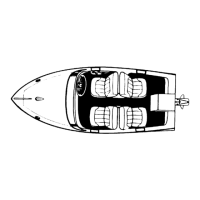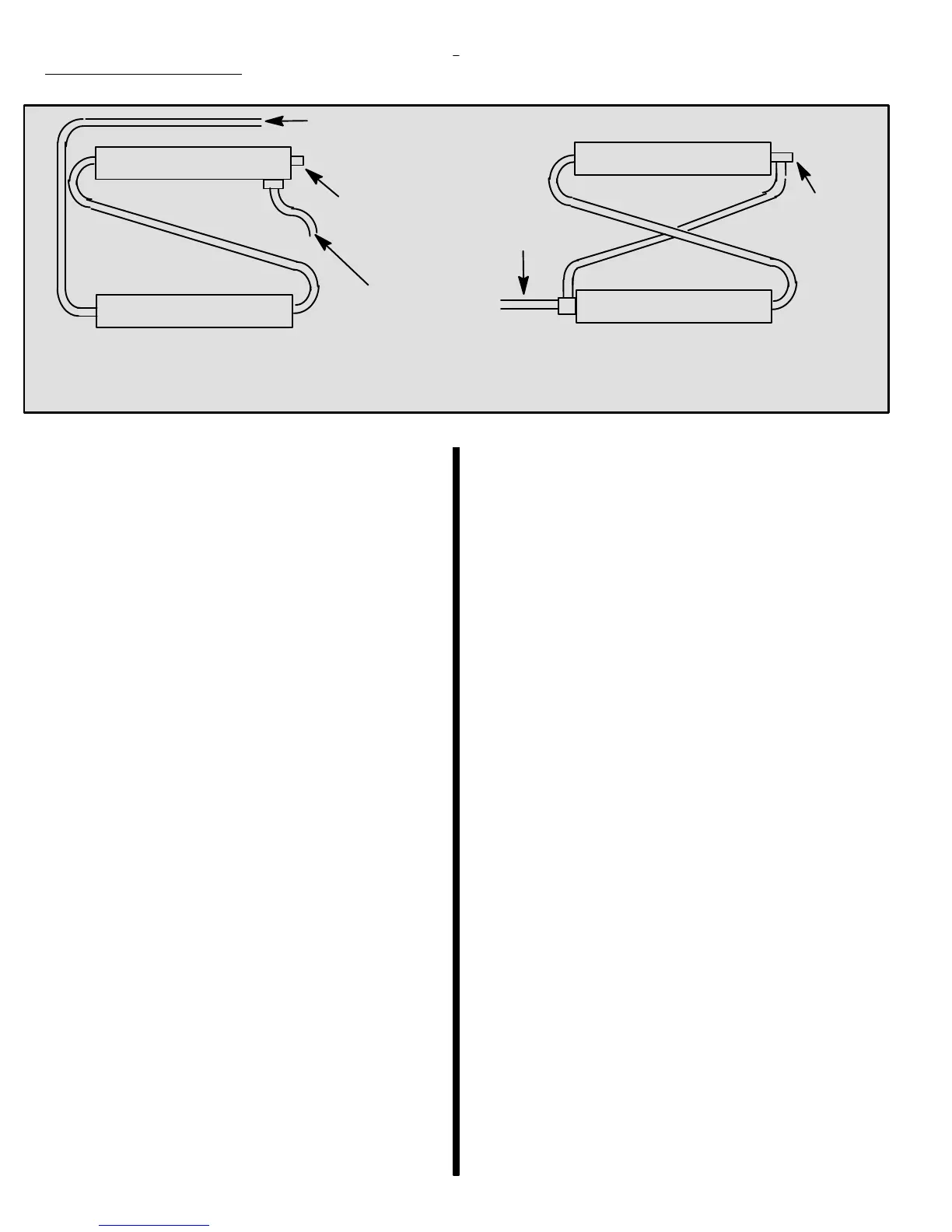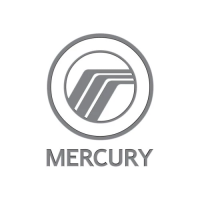90-823225--1 10965E-64 - ELECTRONIC FUEL INJECTION (MULTI-PORT AND THROTTLE BODY)
Multi-Port Injection Fuel System Diagnosis (Continued)
Chart A-7 (3 of 6)
SCHRADER
VALVE
CONNECT
FUEL
PRESSURE
GUAGE
HERE
FUEL INLET
PORT FUEL RAIL
STARBOARD FUEL RAIL
LATER STYLE (MCM & MIE) FUEL LINE ROUTING
(BLACK SCORPION FUEL INLET IS
LOCATED ON THE REAR OF PORT FUEL RAIL)
SCHRADER
VALVE
CONNECT
FUEL
PRESSURE
GUAGE
HERE
FUEL INLET
STARBOARD FUEL RAIL
PORT FUEL RAIL
FUEL RETURN
EARLIER STYLE (MCM & MIE) FUEL LINE ROUTING
Check for contaminated fuel tank, struck anti siphon
valve or vacuum leak anywhere before the mechani-
cal fuel pump. Also possible slipping seawater/fuel
pump drive belt.
TEST DESCRIPTION:
Number(s) below refer to circled number(s) on the
diagnostic chart.
1. Pressure less than 34 PSI (234 kPa) falls into two
areas:
• Regulated pressure less than 34 PSI (234 kPa).
The system will be running lean. Also, hard start-
ing when cold and overall poor performance will
be noticed.
• Restricted flow causing pressure drop. Normally,
an engine with a fuel pressure of less than 24 PSI
(165 kPa) at idle will not be driveable. However,
if the pressure drop occurs only while underway,
the engine will surge then stop running as pres-
sure begins to drop rapidly. This is most likely
caused by a restricted fuel line or plugged water
separating fuel filter.
2. Restricting the fuel return line (Using Special Tool
- Shut-Off Valve) allows the fuel pressure to build
above regulated pressure. With battery voltage
applied to the fuel pump, pressure should rise to
60 PSI (414 kPa) as the fuel return hose is gradu-
ally pinched.
NOTE: Do not allow fuel pressure to exceed 60 PSI
(414 kPa); damage to the pressure regulator may re-
sult.
3. This test determines if the high fuel pressure is
due to a restricted fuel return line or a pressure
regulator problem.

